6 Easy Stockpile Store Tips

Many of you want to know how to store stockpiled food. There are many things online about the best way to store stockpiles of things that you buy, prepare, or dehydrate yourself.
I’m just going to share with you how I store my own stockpile.
1. Salt and sugar
Not everything needs to be vacuum sealed. I don’t bother doing anything like that with cooking salt and sugar, for example.
They can be vacuum bagged if you choose. They should be in some sort of a vacuum bag or mylar bag, but those bags do cost money.
So, if you feel like you can’t be bothered, then that’s fine, too. I have seen people put it in another thicker bag and tape it up so you can stack the bags.
2. Flour
Flour needs to be protected by vacuum sealed bags 100 percent of the time. I’ve learned that the hard way.
I always had a lot of flour because we eat a lot of pizza but, during the pandemic, I bought large bags of flour and kept them in my cupboard and left it there a little too long.
After a while, I started having all those little bugs in my flour. One lesson learned: Do not ever, ever keep all of your grains and flour in one place!
I didn’t vacuum pack anything then and I lost the whole lot to the bugs. If you miss the initial infestation through the bag, they will eat through plastic and paper and ruin your whole stock. It only takes one bug to hatch in your flour and it’ll ruin everything.
As an extra layer of precaution you can put vacuum sealed bags of flour and grains into a plastic food grade container or bin and seal that up.
3. Grains and pastas
Long-term grains need to be vacuum sealed. Pearl barley, yellow split peas, and rice need to be vacuum packed.
Though I never had problems with grains, I don’t want to take the risk. If you want to buy grains and store them for a few years, I strongly suggest vacuum sealing them.
One tip I learned is to put a bay leaf in with my rice because buts don’t like the smell.
As far as pasta, I don’t seem to have an issue with pasta and bugs. Storing them for three to six months to a year without protection is fine.
If you’re storing it for more than a year, I suggest putting pasta in mylar bags and keeping it where you want such as under the bed or in a box.
4. Beans and corn
If you have beans and split lentils, if you are putting it away for years, you should vacuum seal these items and then double seal them in a mylar bag.
I also put oxygen absorber gags into the mylar bags. You have to really think about how you handle the beans and corn.
You can buy already freeze-dried sweet corn so you don’t have the expense and time wasted dehydrating and sealing it.
Sometimes it’s cheaper to do it yourself but other times it may not be.
5. Herbs and spices
For me, it pays to dehydrate herbs and spices because I grow them myself. Dehydrating and storing a few pounds is not a big deal for me.
The same goes with the bay leaf tree I grow–I dehydrate my bay leaves. When you dehydrate something, you don’t always get 100 percent of the moisture out of the product unless you use a freeze-drying machine.
A freeze-drying machine is a lot of money. I’d love one of those machines, but they are also very large.
What I’m saying is that if you dehydrate something you have to take that extra precaution and vacuum seal the item. And use oxygen absorbers inside of jars you are storing long-term for years to stop the oxidation process.
I do this with my DIY spring onion salt. I put an oxygen absorber in jars that store croutons, too.
6. Bags
I like the mylar bags that are black with handles. Mylar bags are not cheap but if you’re prepping, you need them.
Sometimes I put a vacuum sealed bag in a mylar bag and pop an oxygen absorber in there, too. Then I vacuum seal the mylar bag!
I can forget about whatever I have in there for 5 to 10 years and it’ll still be absolutely fine when I open it.
You will also need a vacuum seal machine with bags to properly prep your items. You can’t live without this item if you’re storing anything long-term.
Stockpile store tips
That covers it all and it’s very simple for me. If it goes in my cupboard, I don’t vacuum seal it. Anything that is going to be stored for longer-term is vacuum-sealed.
Anything that I want to store for 5 to 10 years is vacuum sealed, given an oxygen absorber, and vacuum sealed again.
I hope I’ve helped you learn how to store your stockpile. How do you store your stockpile? Please share your tips and tricks in the comments.
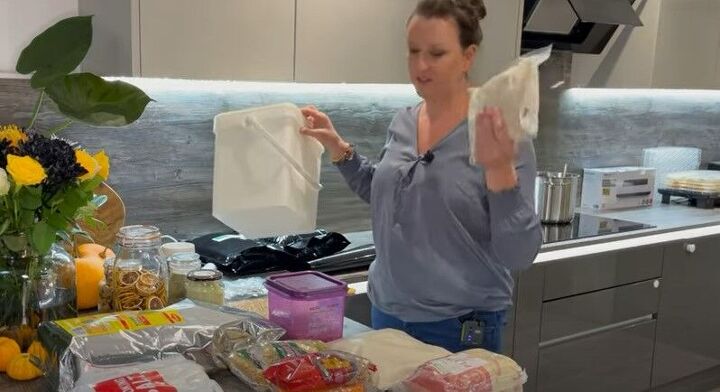




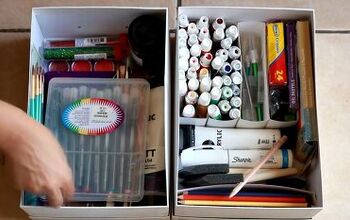
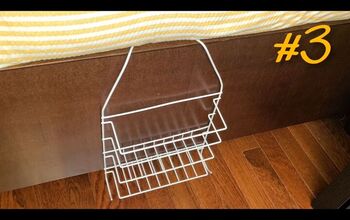
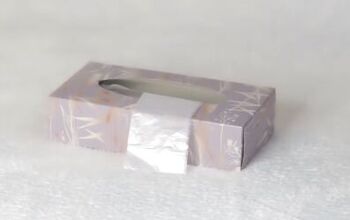
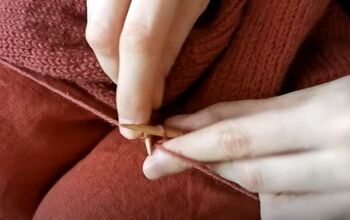

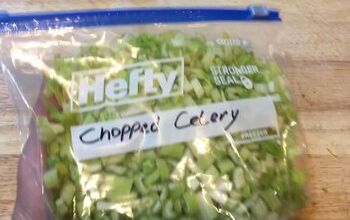
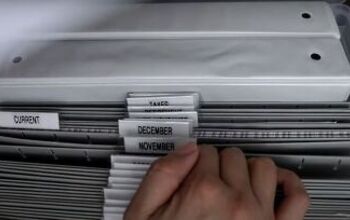
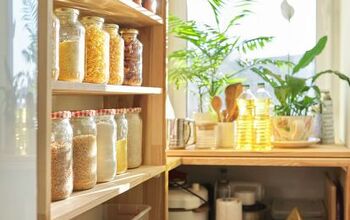
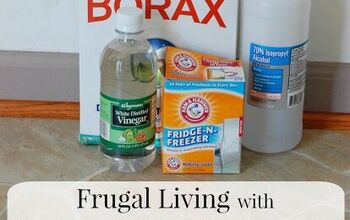

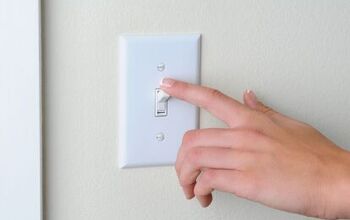







Comments
Join the conversation
I am making an effort to prep some items for long-term. Thanks for the tip with the bay leaf. I have some and seldom cook with them, so I have another good use. I have a food saver, and use it for a lot of freezer items, but will be using it as well for flour, rice, and meal. I, too, got contaminated with pantry moths with a bag of corn masa. Another time it was weevils. Golly, I haven't had those for many, many years. A lot of stuff goes in fridge first, just me. Anyway, I will have to get some larger saver bags to re-do some stuff. A lot of other stuff goes stright into sealed plastic containers. Thanks for sharing.
A vacuum sealer is quite expensive (the bags are too). Is there another alternative.
For example, I usually keep an extra flour on hand. Would just keeping that 2nd bag in a gallon freezer bag and placing that into a glass storage container work? I will usually use that 2nd bag within a month.